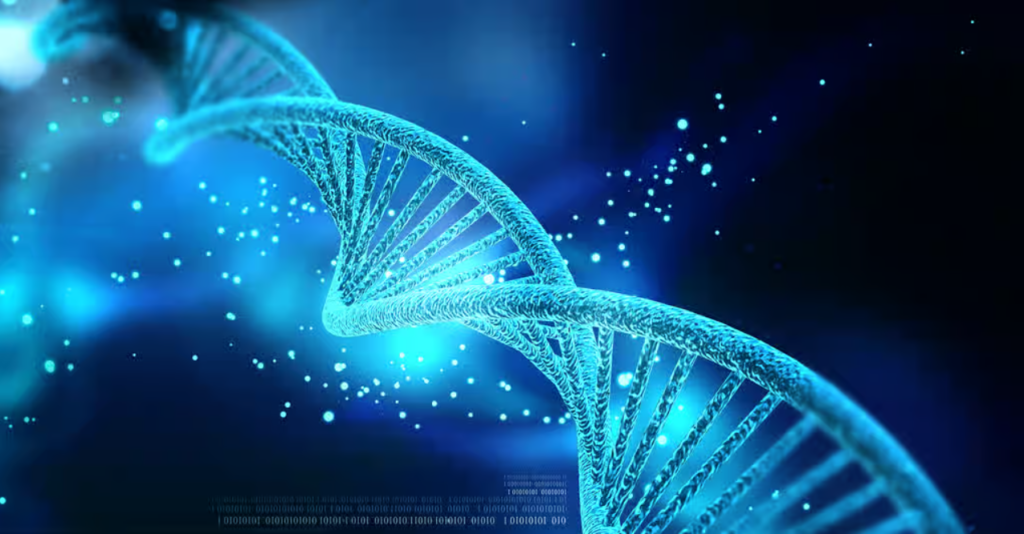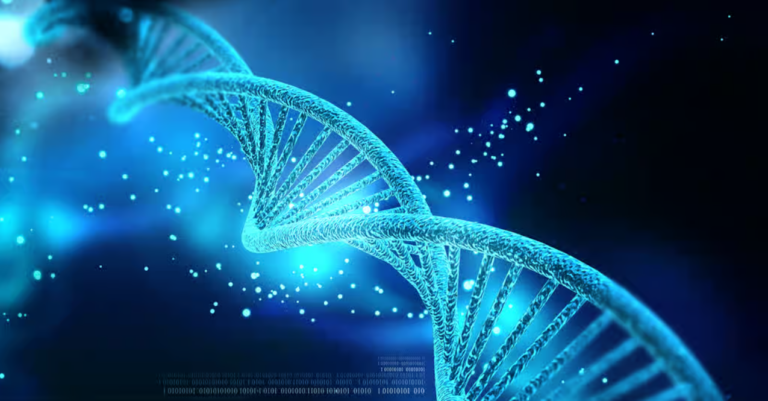Researchers Successfully Replicate the Chemical Reaction Potentially Responsible for the Origin of Life on Earth
How did life originate, and how did the chemical processes on the ancient Earth give rise to intricate, self-replicating structures that eventually evolved into the diverse forms of life we recognize today?

One hypothesis posits that prior to the dominance of DNA-based life, there existed a molecule known as RNA, or ribonucleic acid. RNA, a fundamental component of contemporary life, possesses the ability to self-replicate and catalyze various chemical reactions. However, the intricate RNA molecules themselves are constructed from smaller entities called ribonucleotides. The question arises: How did these essential building blocks emerge on the early Earth and assemble into the complex structure of RNA?
Chemists are actively engaged in the endeavor to replicate the series of reactions necessary for the formation of RNA at the inception of life, but this undertaking is riddled with challenges. The critical aspect is that the chemical reactions giving rise to ribonucleotides must have been feasible in the chaotic and intricate conditions prevailing on our planet billions of years ago.
My research delves into the potential involvement of “autocatalytic” reactions in this process. Autocatalytic reactions generate substances that facilitate the repetition of the same reaction, enabling them to sustain themselves across a broad spectrum of environments.
In our recent investigation, my colleagues and I have incorporated autocatalysis into a well-established chemical pathway responsible for producing the foundational ribonucleotide building blocks. This integration suggests a plausible scenario wherein these reactions could have occurred with the simple molecules and complex environmental conditions characteristic of the early Earth.
The formose reaction
Autocatalytic reactions assume pivotal roles in biological processes, from the regulation of heartbeats to the formation of intricate patterns on seashells. Notably, the fundamental process of life replication, where a cell assimilates nutrients and energy from the environment to generate two cells, stands as a complex illustration of autocatalysis.
A chemical phenomenon known as the formose reaction, initially identified in 1861, serves as a compelling instance of an autocatalytic reaction that could have transpired on the early Earth.
Fundamentally, the formose reaction commences with a single molecule of a basic compound called glycolaldehyde, composed of hydrogen, carbon, and oxygen, and culminates in the production of two molecules. The mechanism hinges on a continuous supply of another uncomplicated compound known as formaldehyde.
The interaction between glycolaldehyde and formaldehyde results in the formation of a larger molecule, with fragments breaking off and re-entering the reaction, sustaining its progression. Nevertheless, once the formaldehyde becomes depleted, the reaction ceases, leading the products to degrade from intricate sugar molecules into tar.
The formose reaction shares common components with a well-established chemical pathway for synthesizing ribonucleotides, recognized as the Powner–Sutherland pathway. However, connecting the two has not been attempted until now, and this hesitation is well-founded.
The formose reaction is renowned for its “unselective” nature, generating a plethora of extraneous molecules alongside the desired products.
An autocatalytic twist in the pathway to ribonucleotides
In our research, we experimented with the inclusion of an additional uncomplicated molecule known as cyanamide into the formose reaction. This addition facilitates the diversion of some molecules generated in the reaction towards the production of ribonucleotides.
While the modified reaction does not yield a substantial quantity of ribonucleotide building blocks, the ones it does produce exhibit increased stability and a decreased likelihood of degradation.
What sets our study apart is the amalgamation of the formose reaction and ribonucleotide production. Previous inquiries have typically focused on each process independently, aligning with the conventional approach of chemists in synthesizing molecules.
Typically, chemists adhere to a simplified approach to enhance the quantity and purity of a product. However, this reductionist mindset may hinder the exploration of intricate interactions between distinct chemical pathways.
These interactions, ubiquitous in the natural world beyond the confines of the laboratory, arguably serve as the nexus between chemistry and biology.
Industrial applications
Autocatalysis also finds applications in industry. When cyanamide is introduced into the formose reaction, one of the resulting products is a compound known as 2-aminooxazole. This compound holds significance in chemistry research and the manufacture of numerous pharmaceuticals.
Traditionally, the production of 2-aminooxazole involves cyanamide and glycolaldehyde, with the latter being a costly component. If the formose reaction can be utilized for its synthesis, only a small quantity of glycolaldehyde will be necessary to initiate the reaction, thereby reducing costs.
In our laboratory, we are presently refining this procedure with the aim of harnessing the autocatalytic reaction to make commonplace chemical processes more cost-effective and efficient, consequently enhancing accessibility to pharmaceutical products. While it may not rival the magnitude of life’s creation itself, we believe it holds significant value.
Quoc Phuong Tran, PhD Candidate in Prebiotic Chemistry, UNSW Sydney
This article is republished from The Conversation under a Creative Commons license. Read the original article.
Do not forget to share your opinion with us to provide you with the best posts !




0 Comments